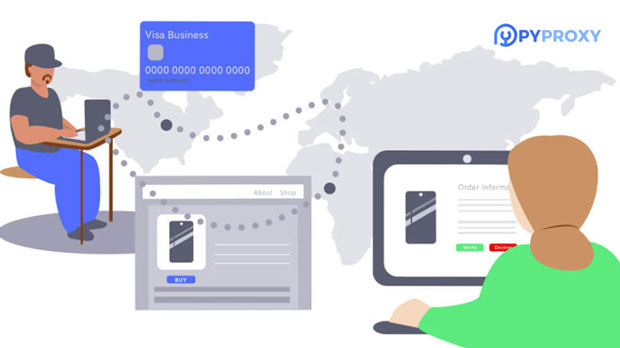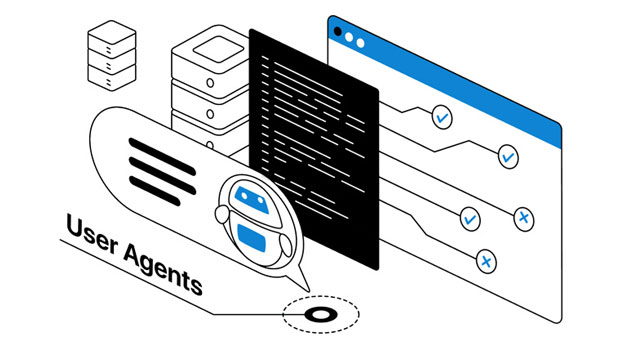Free web proxies are commonly used by individuals and businesses seeking to enhance their online privacy or access geo-restricted content. However, one crucial aspect that users often overlook is how using these proxies affects their internet speed. Free proxies, while providing access to a range of benefits, can significantly impact the browsing experience, causing slower load times, interruptions, and reduced data transfer speeds. In this article, we will explore how free web proxies can affect internet speed and what users need to know when considering their use. Understanding Web ProxiesBefore diving into how free web proxies influence internet speed, it's essential to understand what a web proxy is. A web proxy acts as an intermediary between the user and the websites they wish to visit. When using a proxy, the user's internet traffic is routed through the proxy server, which then forwards the request to the target website. The website sends the requested data back to the proxy, which in turn sends it to the user.Proxies serve various purposes, such as improving security, hiding the user's IP address, bypassing geo-blocked content, and even providing anonymity for internet browsing. However, when considering a free proxy, users often sacrifice performance for these features.Impact of Free Proxies on Internet Speed1. Server Overload and Traffic CongestionFree proxies often come with limitations that paid versions do not face, such as server overload. Since these proxies are free, they are widely available to a large number of users. This leads to congestion as multiple users share the same server, overwhelming its capacity. The proxy server has to process multiple requests simultaneously, slowing down the response times and leading to higher latency. As a result, users will experience slower internet speeds, longer load times, and even occasional connection drops.2. Bandwidth LimitationsMany free web proxies impose bandwidth limits, meaning that they restrict the amount of data you can transfer within a certain time frame. These restrictions are often less stringent for paid services, but with free proxies, users may find themselves with limited data bandwidth, causing buffering and slowdowns when streaming, downloading files, or browsing websites. The lack of consistent data flow can disrupt the user's internet experience and reduce the overall speed of their connection.3. Geographical Distance from Proxy ServersThe physical distance between the user and the proxy server also plays a critical role in the speed of internet connections. Free proxies are often hosted on servers located far from the user, especially since many free services operate on a global scale. This increased distance causes data to travel longer routes, increasing latency and slowing down response times. As the data has to traverse more network nodes and routing points, the overall time taken for data transfer increases, which leads to slower browsing speeds.4. Encryption and Security ProtocolsAnother factor that can slow down internet speed when using free proxies is the use of encryption and security protocols. Many free proxies offer basic encryption services to protect users’ data from being intercepted by malicious third parties. However, the additional encryption and decryption processes require more computational power, which can slow down the proxy server. The server's capacity to handle encryption is often lower in free services compared to paid versions, which leads to a noticeable reduction in internet speed. For users seeking speed and performance, the trade-off with security can be a significant concern.Other Factors that Affect Proxy Performance1. Proxy Server QualityNot all free proxies are created equal. The quality of the proxy server plays a substantial role in determining the user’s experience. Some free proxies are well-maintained and capable of providing reasonable speeds, while others are outdated, slow, or poorly managed. The server’s hardware capabilities, such as processing power and memory, can also affect how efficiently it can handle multiple requests. A low-quality server will significantly affect the browsing experience, leading to sluggish speeds and high latency.2. Connection Type and ProtocolThe type of connection and protocol used by the proxy can also influence internet speed. For instance, some free proxies use HTTP or SOCKS5 protocols, both of which offer different performance levels. HTTP proxies are generally faster than sock s5 proxies, but they may offer less privacy. The proxy protocol impacts how efficiently the data is routed through the server and, consequently, how fast the overall connection will be.Pros and Cons of Free Web ProxiesWhile free proxies are widely available, they come with several pros and cons. Let’s explore these:Pros:- Cost-effective: Free proxies are readily available, providing users with a low-cost solution for enhancing privacy and bypassing geographical restrictions.- Privacy and Anonymity: Free proxies can help users remain anonymous by masking their IP address and encrypting browsing traffic to some extent.Cons:- Slow Speeds: As discussed earlier, the shared nature of free proxies, along with bandwidth limitations and server overloads, leads to slower internet speeds.- Security Risks: Free proxies might not offer robust security measures, leaving users exposed to potential privacy breaches, data theft, or malware.- Unreliable Connections: Free proxies are often unreliable, with frequent downtimes or connection issues that disrupt the user experience.- Limited Features: Free proxies often come with fewer features compared to paid services, such as limited server locations, restricted data bandwidth, or the absence of advanced encryption protocols.Alternatives to Free ProxiesFor users who require better speed and performance, paid proxy services or VPNs (Virtual Private Networks) are often better alternatives. While these options may come at a cost, they provide enhanced security, faster speeds, and more reliable connections. Paid services generally operate on high-quality servers with better bandwidth management and dedicated support, offering a smoother and faster browsing experience compared to free proxies.In conclusion, free web proxies can significantly impact internet speed. While they provide various benefits, including privacy protection and access to geo-blocked content, the trade-off often involves slower speeds and reduced performance. Users should weigh the advantages against the drawbacks, considering how much speed and reliability are essential for their online activities. For those requiring high-speed browsing, streaming, or gaming, investing in a paid proxy service or VPN may offer a far superior experience compared to free proxies.
Apr 09, 2025



































































